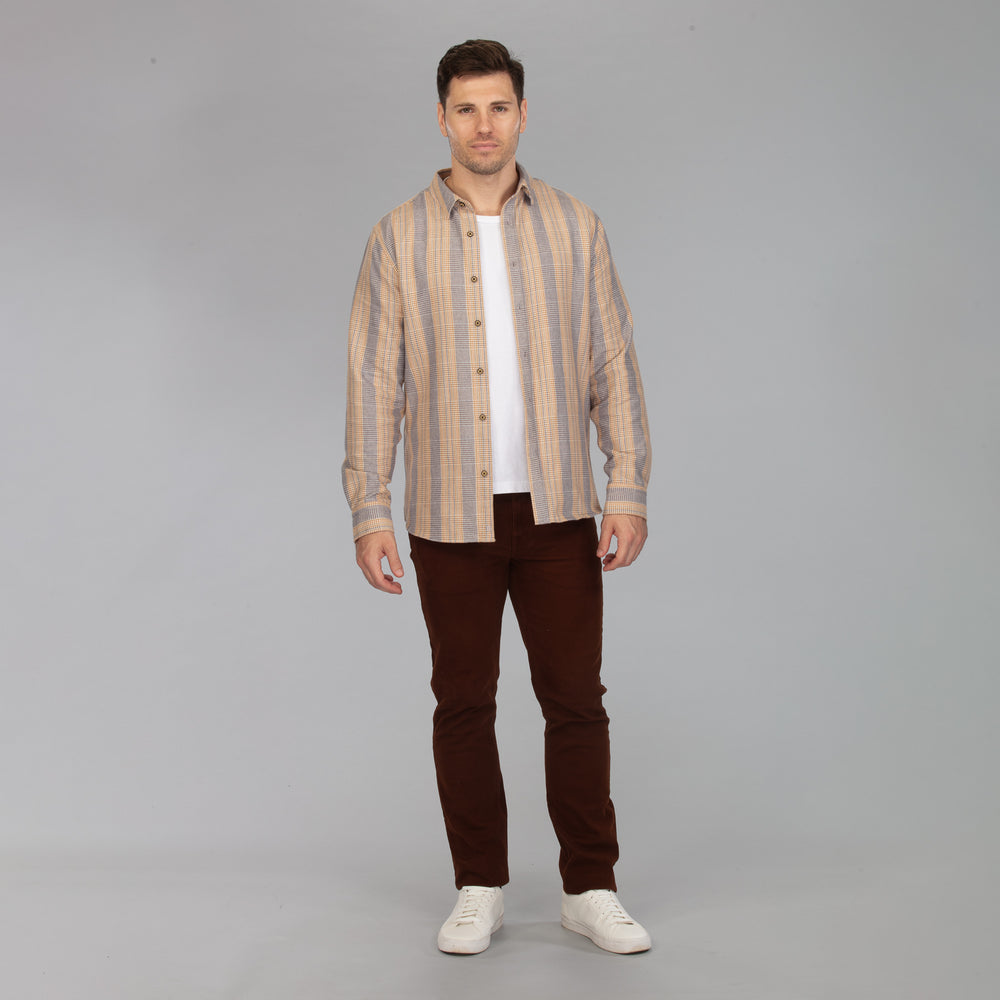Sustainable Fashion In 2023: 3 Tips For Conscious Clothing
Out with fast fashion.
In with sustainable fashion.
Consumers are increasingly turning away from "shiny new clothing trends" that go out of style in just a couple of weeks. They are turning to more durable fashionwear that remains stylish through the seasons. It’s not just about saving a buck or two. They increasingly care about the impact that their fashion choices have on the environment. There are already 92 million tonnes of textile waste ending up in landfills every year, and if the trend continues the global greenhouse gas emissions of the fashion industry are set to double by 2030.
Fortunately, today’s consumer is conscious about their choices. 67% of them say that sustainable materials are an important purchasing factor, according to a consumer survey by McKinsey. They are more willing to engage with companies that align with their ideals. Even the brands themselves are taking a leading role in embracing sustainability efforts, with the likes of retailer H&M aiming to run on 100% renewable energy by 2040. Brands moving to the eco-friendly and sustainable route are tapping into the potential that it holds. The ethical fashion market actually hit over $7,5 billion in 2022, and is set to cross over $16.8 billion by 2032, growing at a compound annual growth rate (CAGR) of 8.6%.
3 ways to get your fashion fix and stay eco-conscious in 2023
Do you want to give fast fashion the cold shoulder and warm up to sustainable fashion - and still be stylish? Here are 3 tips to get this done this year:
1. Go for organic fabrics
Opting for clothes made out of organic and natural materials greatly minimizes your carbon footprint. They are a staple in the sustainable fashion industry - with the likes of organic cotton and linen being a major hit. Some clothing materials are even made of the two, such as the Vustra Island Sky shirt, which is 52% Certified Organic Linen and 48% Certified Organic Cotton.
2. A clothes swap - The social wardrobe makeover
Here, you get to update your wardrobe without breaking the bank - and still do your bit for the environment. Simply trade those clothes you no longer want with your close friends or throw an all-out clothes-swapping party. You get to mix up your style, have fun, and contribute to reducing textile waste.
3. Shop from transparent labels
That's transparency that cuts across the board, from the kind of raw materials used, to the labor practices involved in the production process. After all, wearing a 100% cotton shirt sourced from a factory where garment workers can barely afford a meal a day is not sustainable. The brand should be clear on its policies regarding the environmental, social, and economic impact of its clothes production.
Certifications from recognized and independent authorities give you the assurance that the brand's operations are up to the required standard. For instance, the Global Organic Textile Standard (GOTS) certification means that the clothing materials are organic and sustainable throughout the entire supply chain; while the SA8000 certification by Social Accountability International shows that the brand has demonstrated it treats its workers ethically, and it has implemented responsible supply chain practices.





